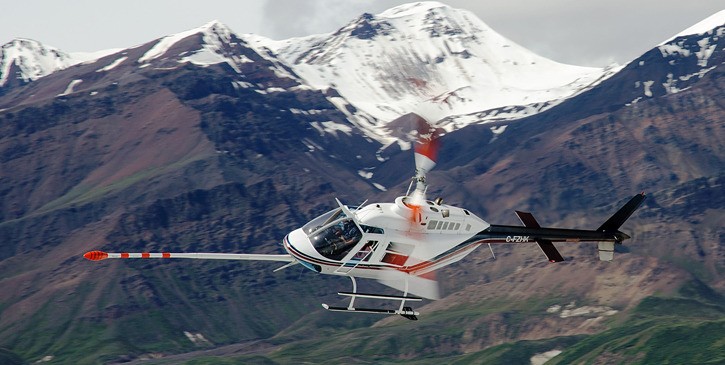The B.C. government has released the first phase of its aerial survey of mineral deposits in a largely unexplored region of northwest B.C.
GeoscienceBC, a non-profit established by the province a decade ago to stimulate mining activity in areas affected by the mountain pine beetle epidemic, released data from an area from Smithers south to Kitimat and east to Houston. Maps of geological formations are constructed from magnetic surveys done by helicopter.
The results were released Tuesday at the Association for Mineral Exploration B.C. Roundup conference in Vancouver. Energy and Mines Minister Bill Bennett said the project is assembling the largest geoscience database in B.C. history, with much more precision than an earlier survey in the 1960s.
The next phase will be be to the east, from Houston to the Vanderhoof area. The region has had little surface prospecting because it is covered with glacial deposits from the last ice age.
“There are Highland Valley copper deposits out there,” Bennett said. “There are Brucejack gold deposits out there. There are huge zinc, silver, lead deposits out there. They’ve been found before in B.C.”
With mining investment stalled by low commodity prices and some existing operations shut down, Premier Christy Clark opened the conference by announcing a plan to let mining companies defer their BC Hydro bills to keep operating. The bills would have to be paid later with interest, when metal and coal prices recover.
The association released its own study before the conference, detailing that more than half of the province is either off limits to mineral exploration or restricted. Some of that is from parks or protected areas, while other areas are subject to land use plans the association described as “overlapping and sometimes ambiguous.”
Bennett said he appreciates the reminder about land restrictions, which he described as difficult to change even when wildlife habitat or other circumstances have changed since restrictions were imposed.
The industry also has to accept that public and First Nations expectations have changed greatly in recent years, and mining has to adapt to that reality, he said.
